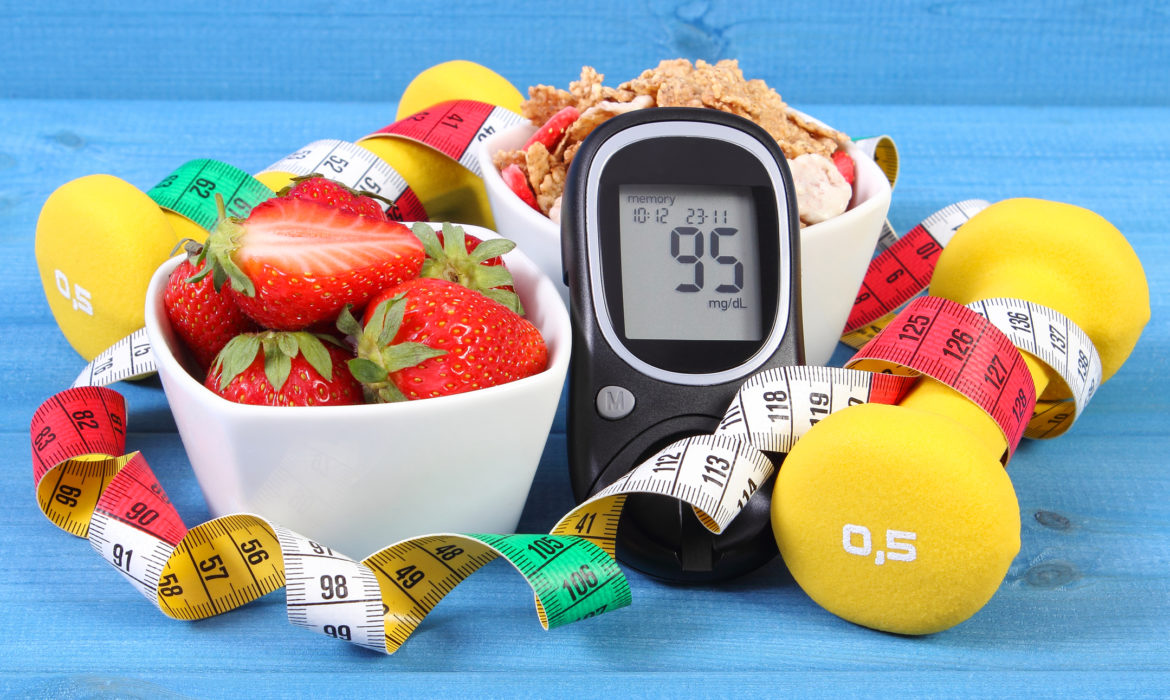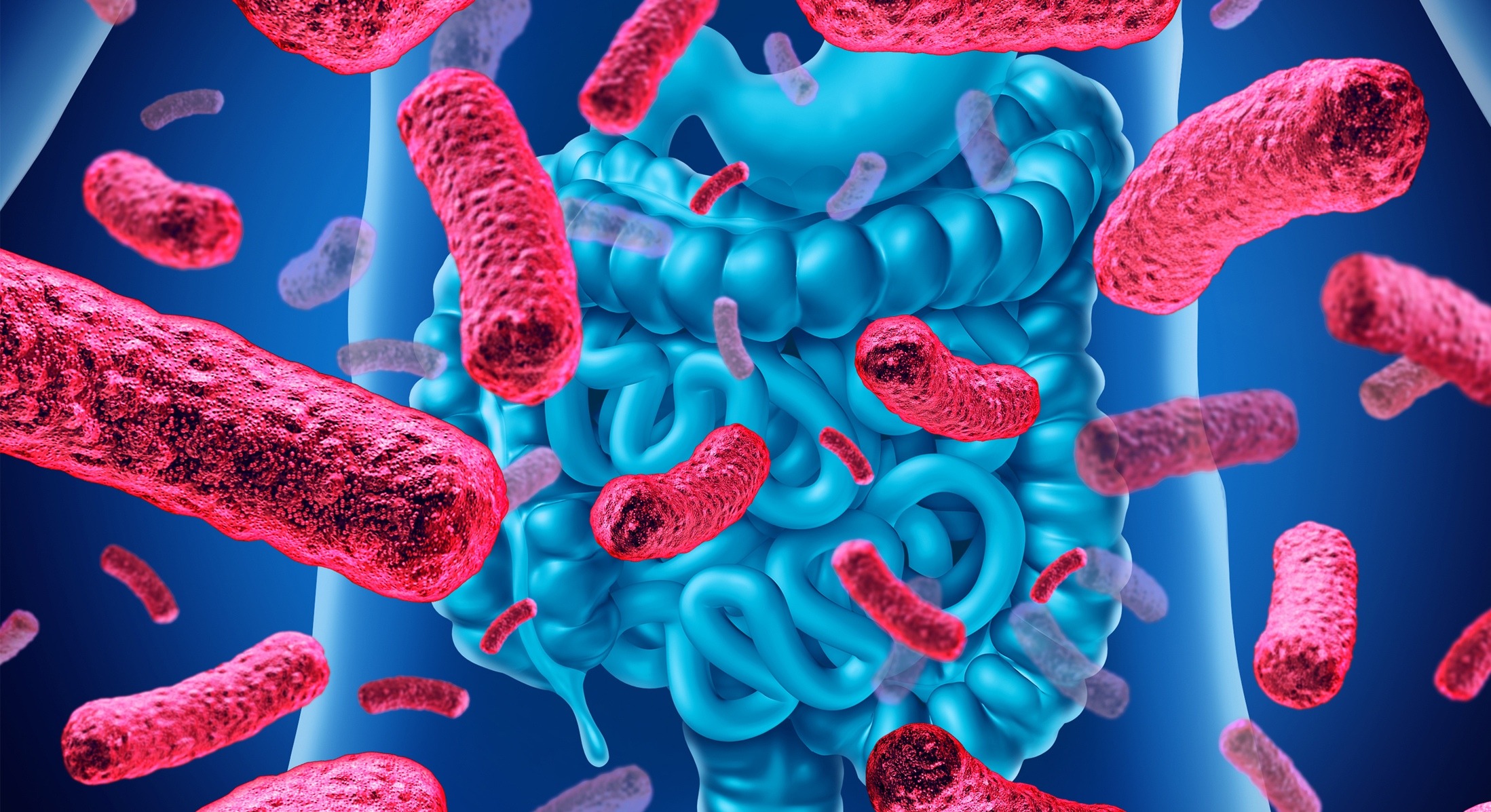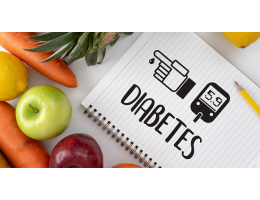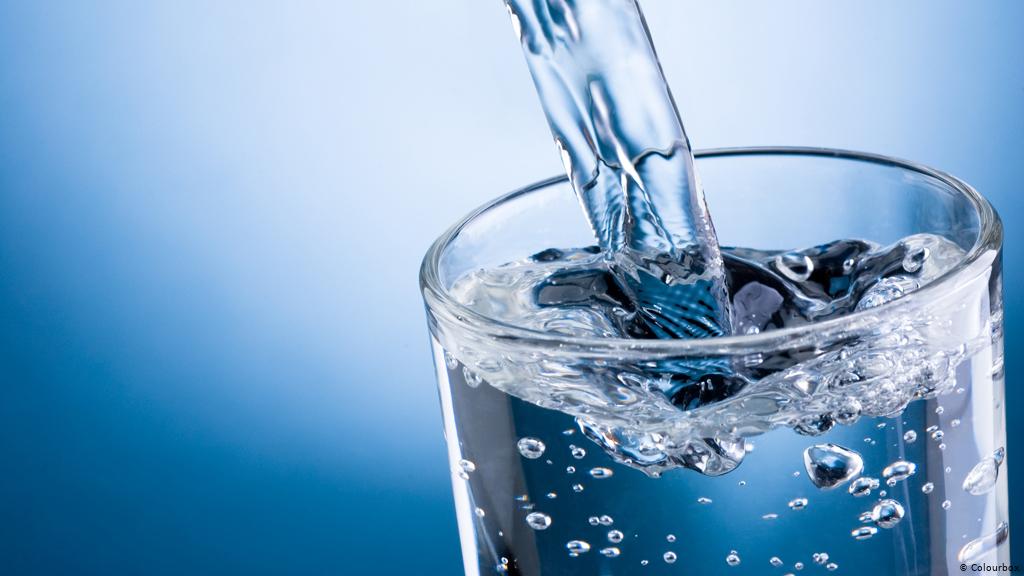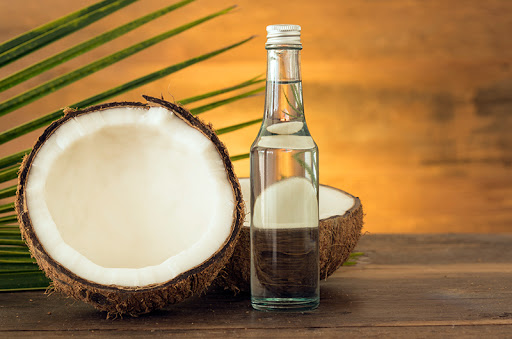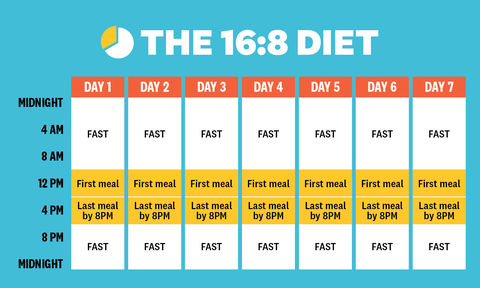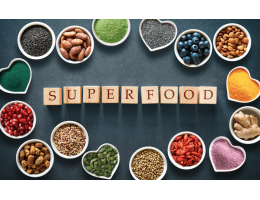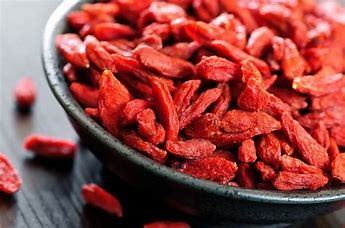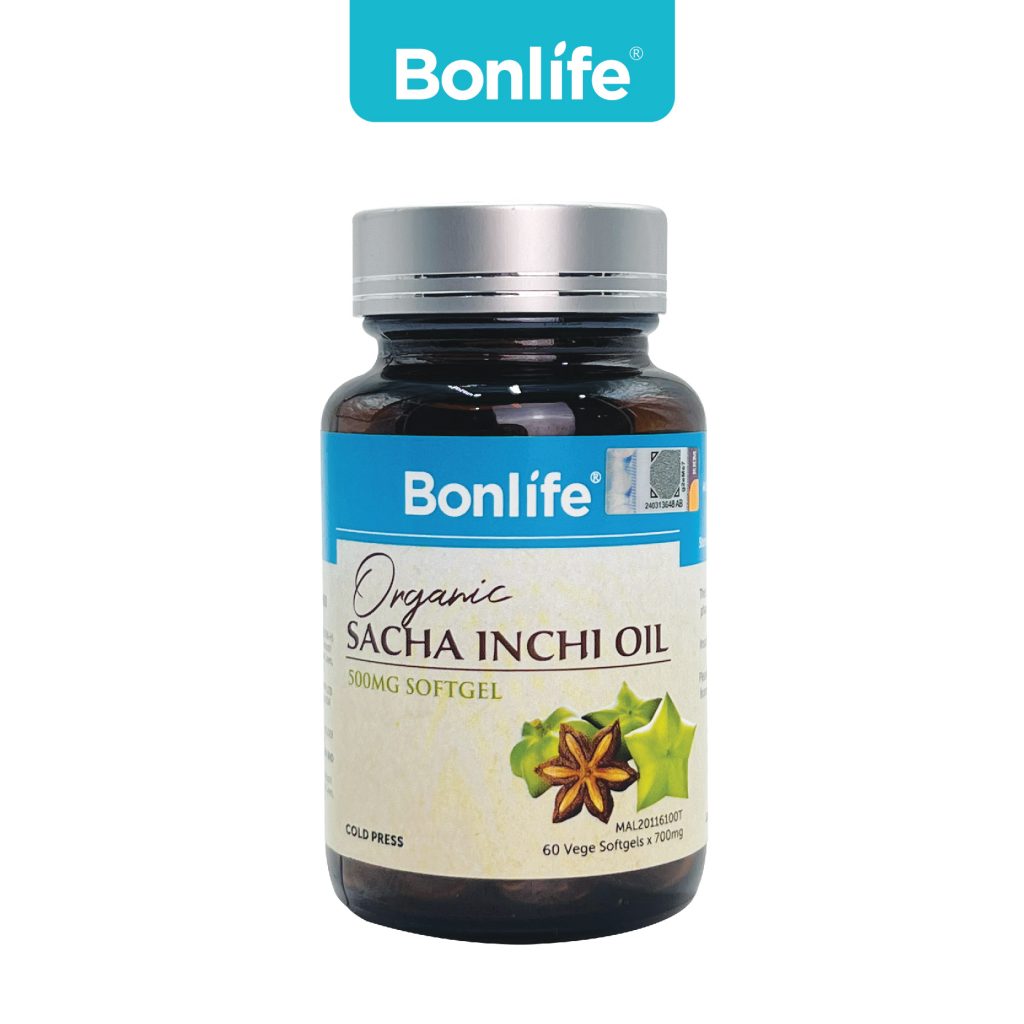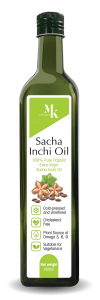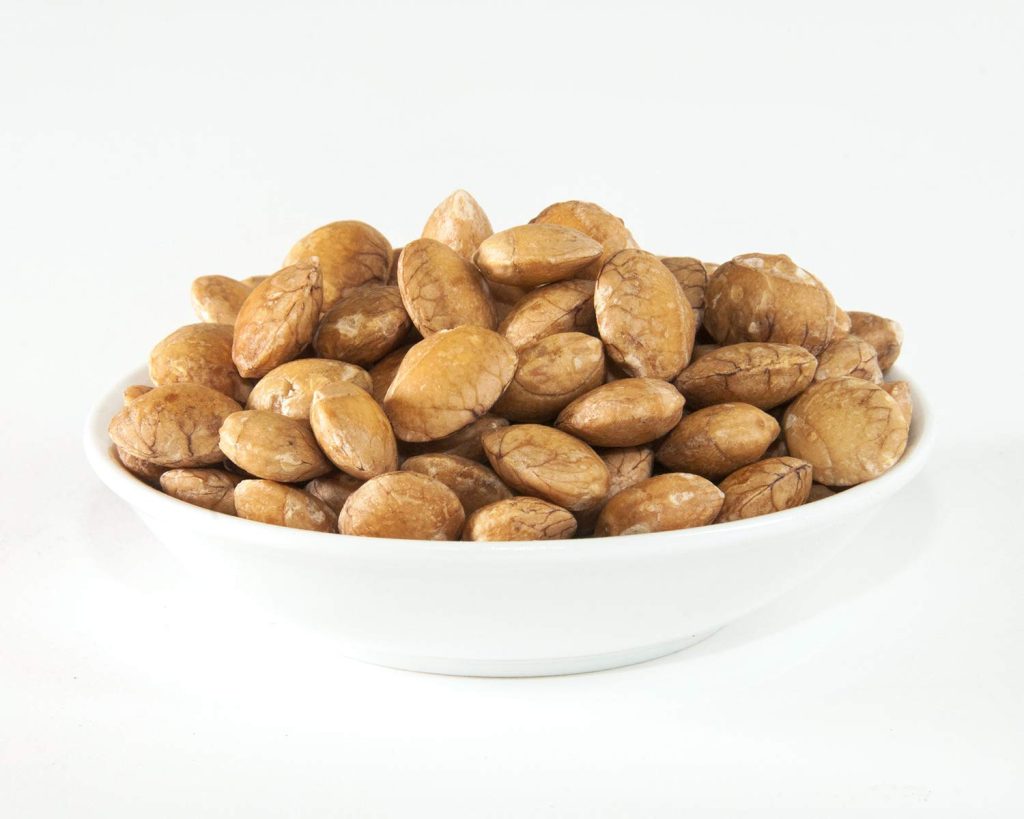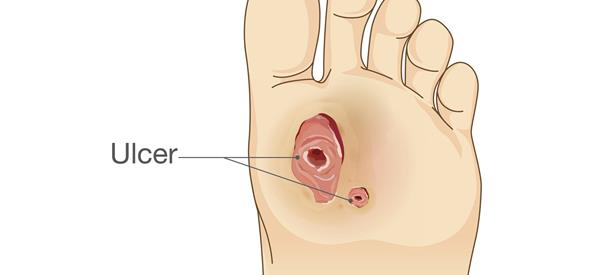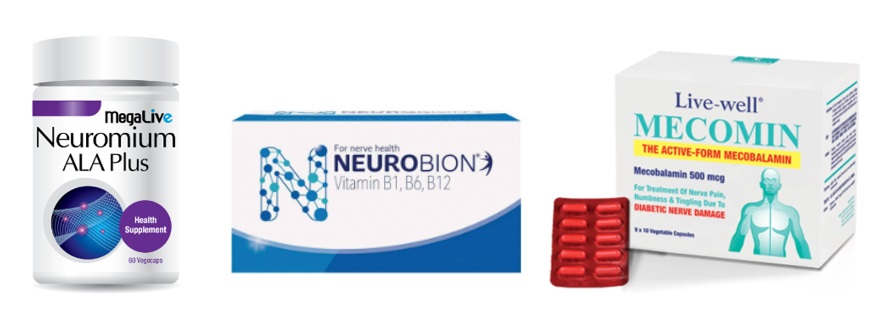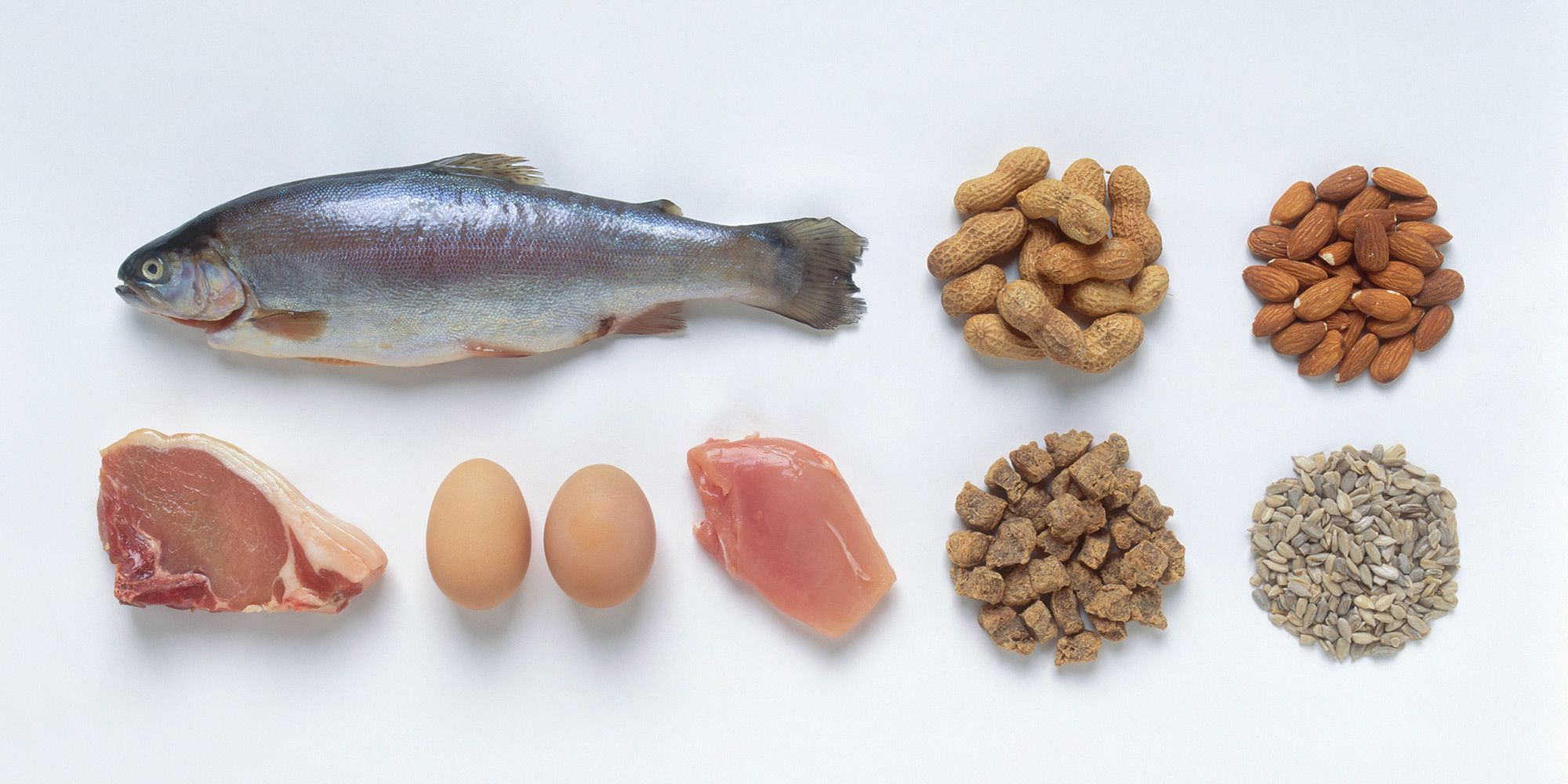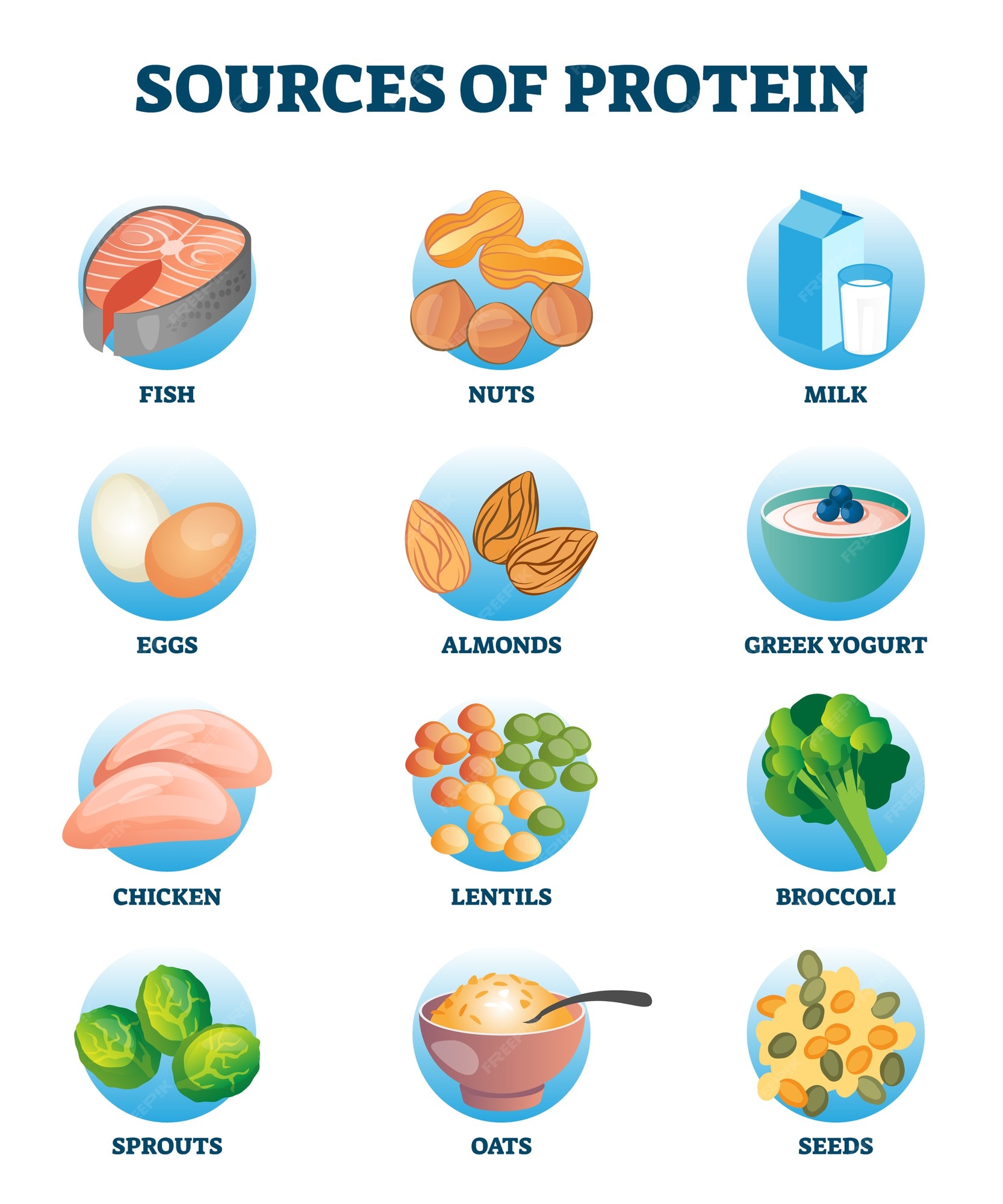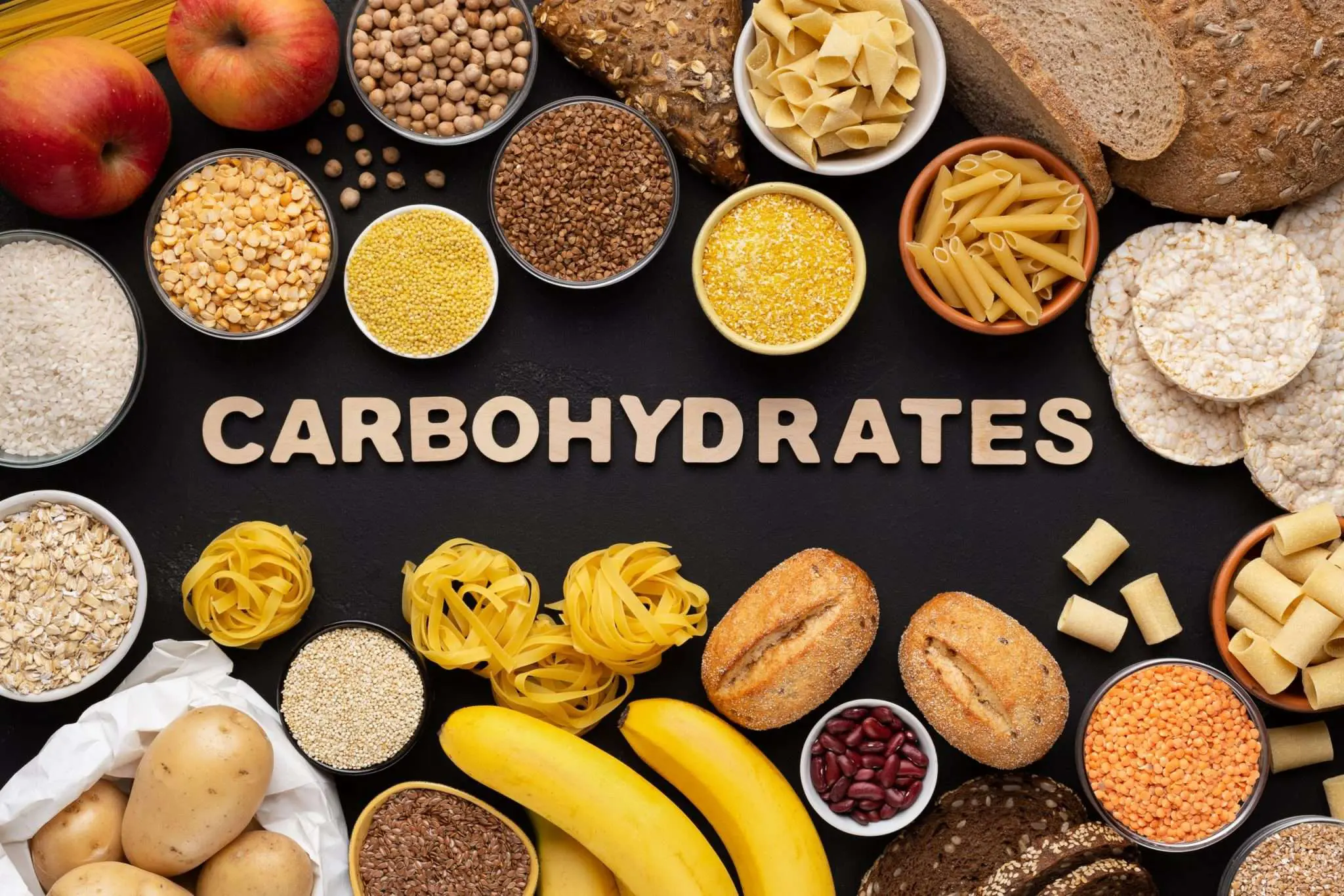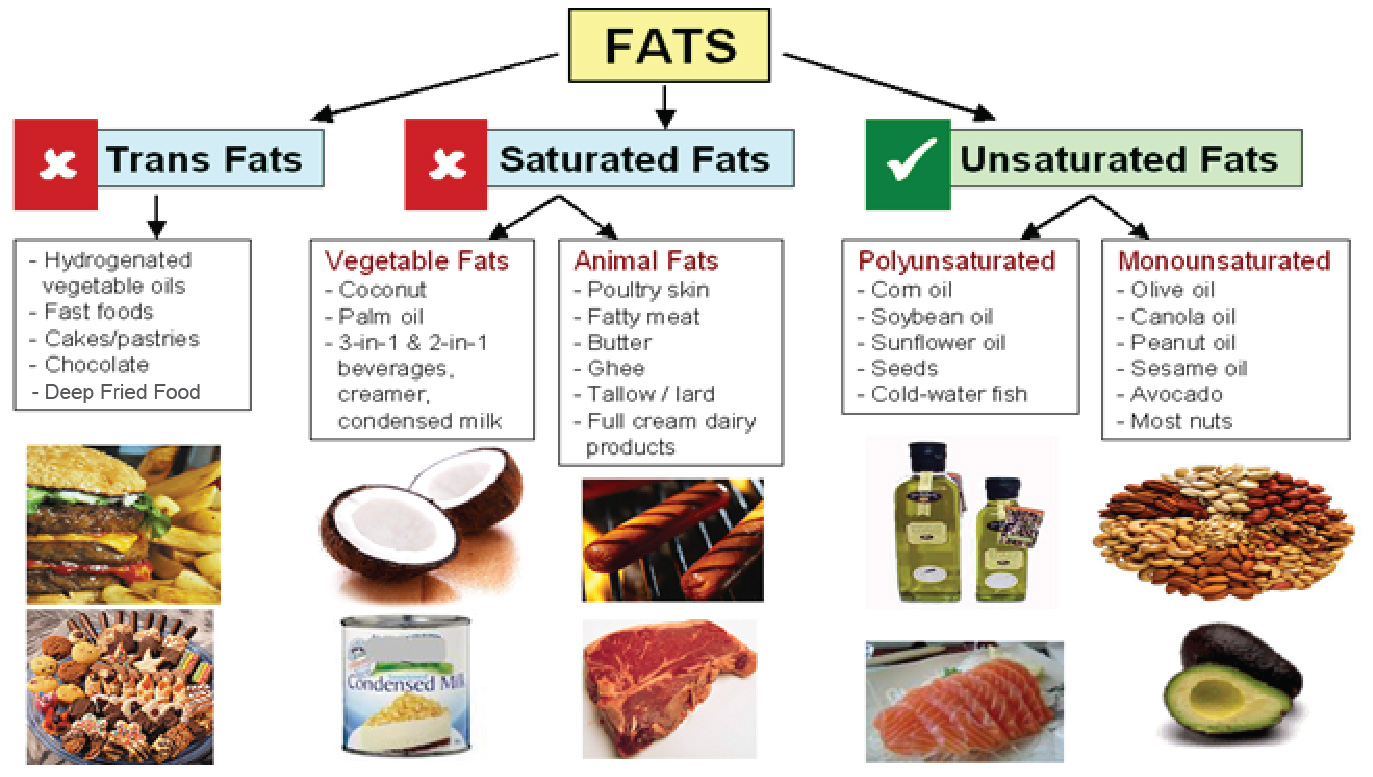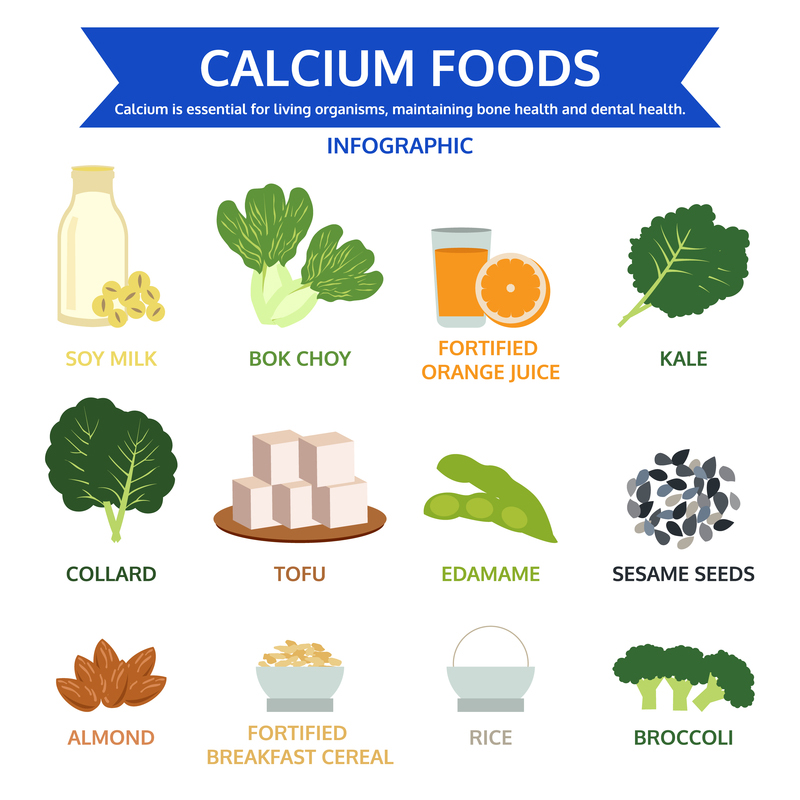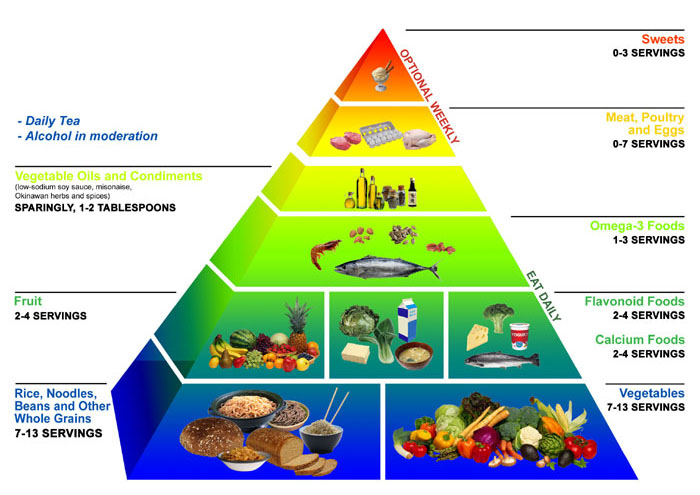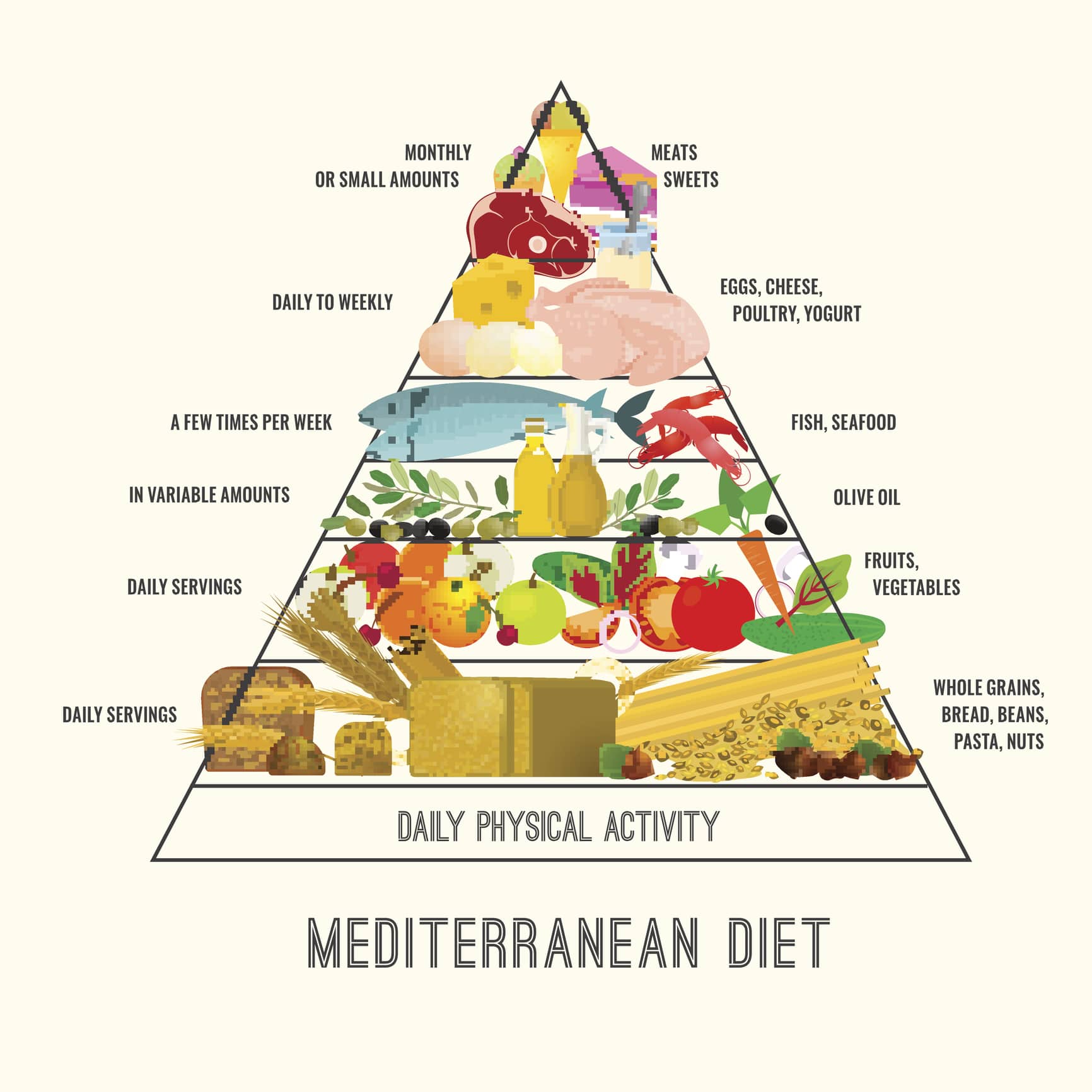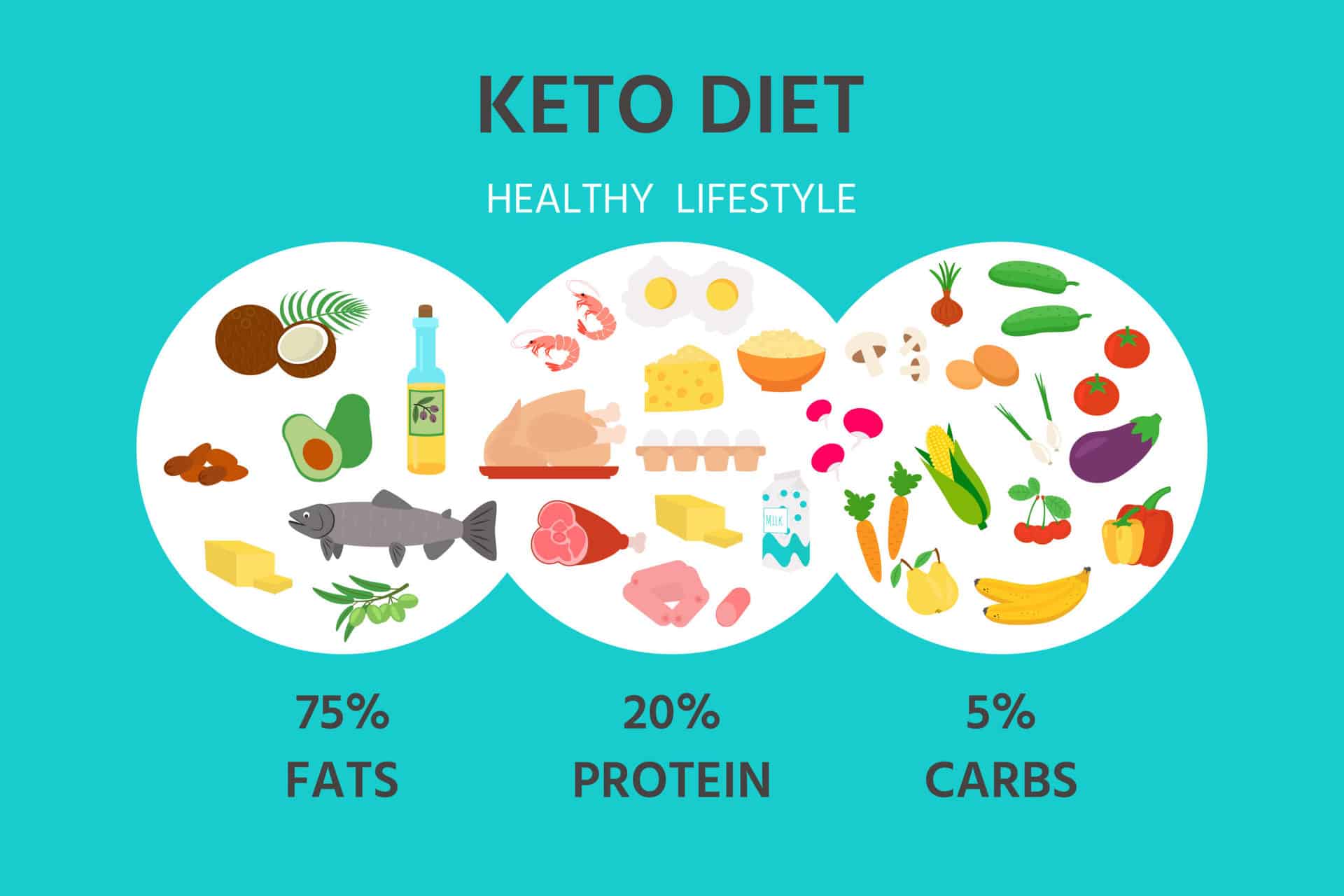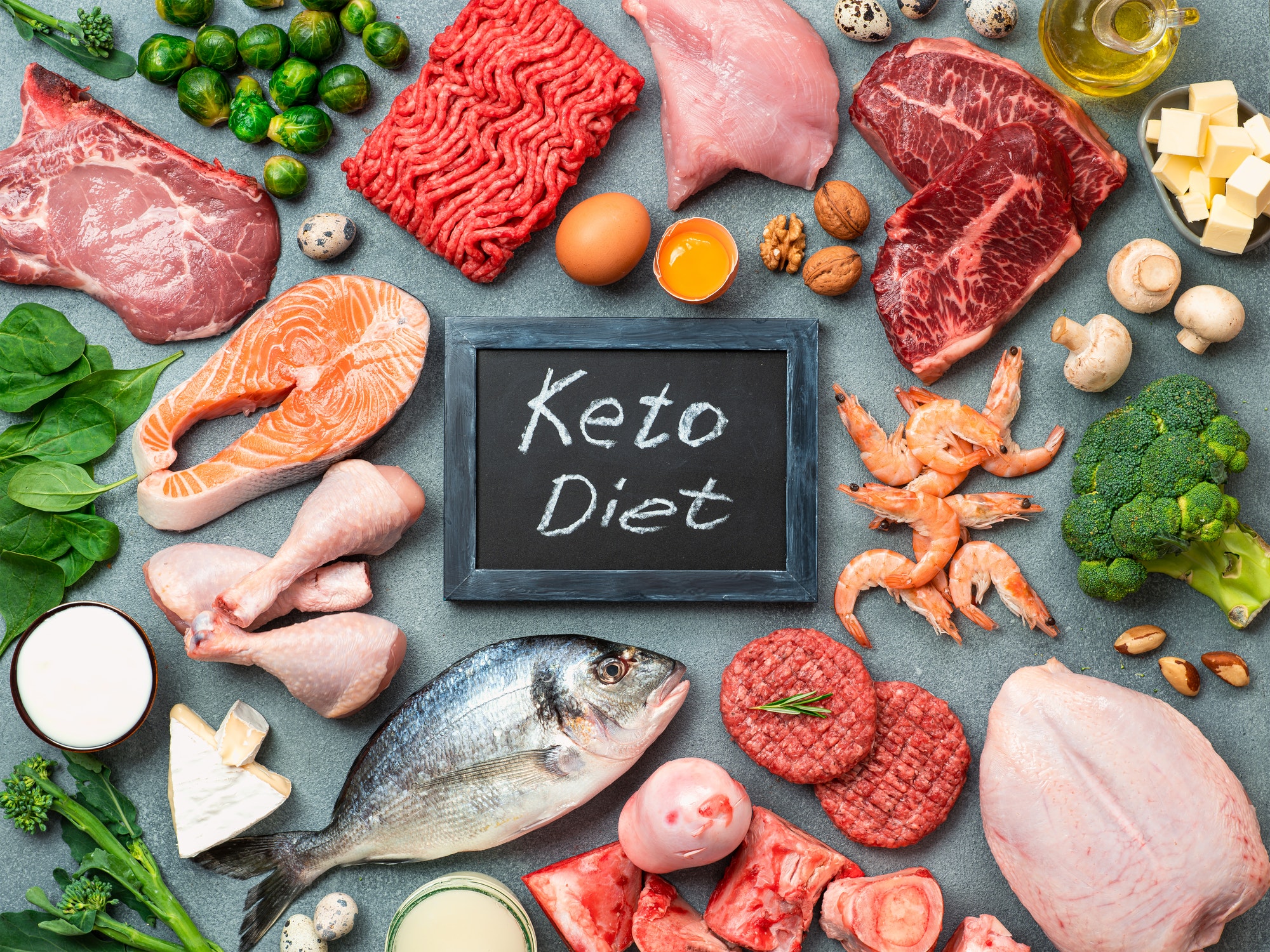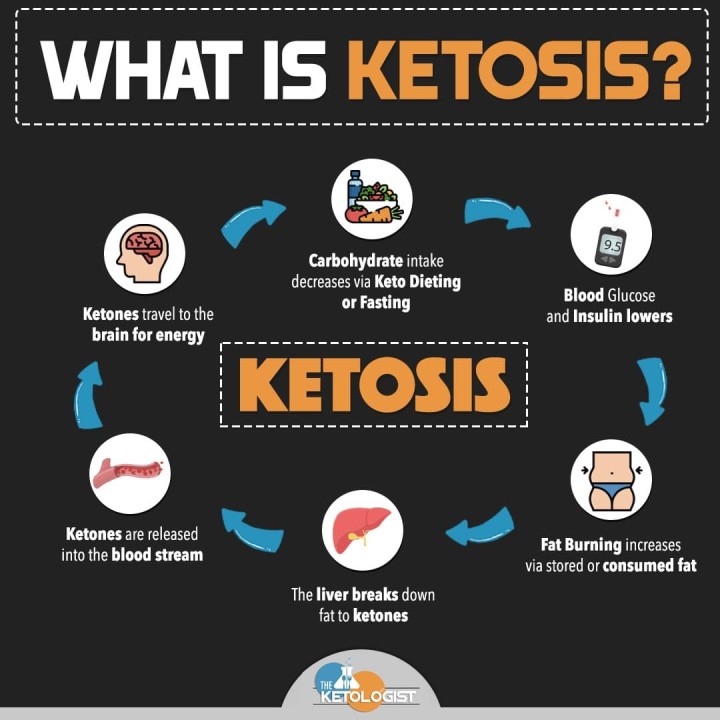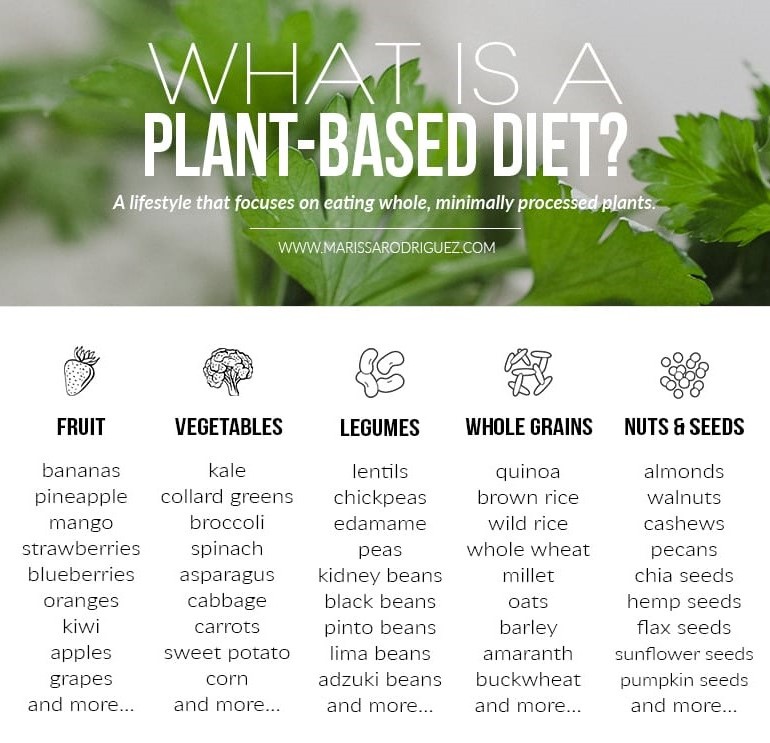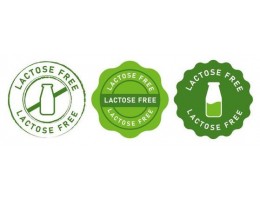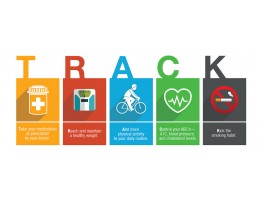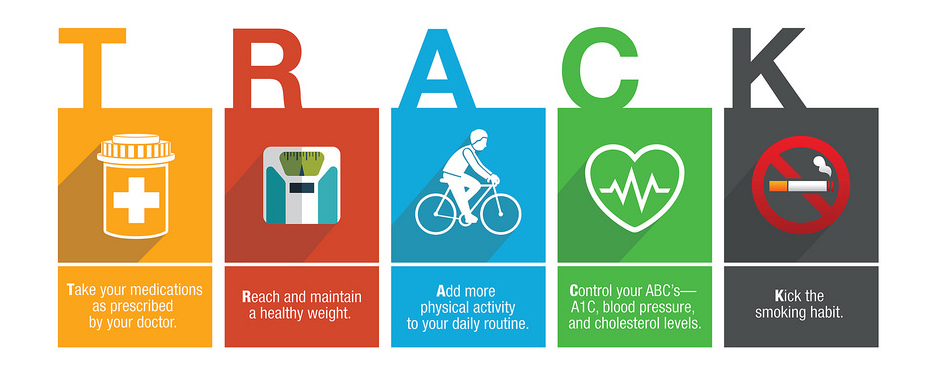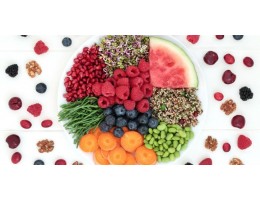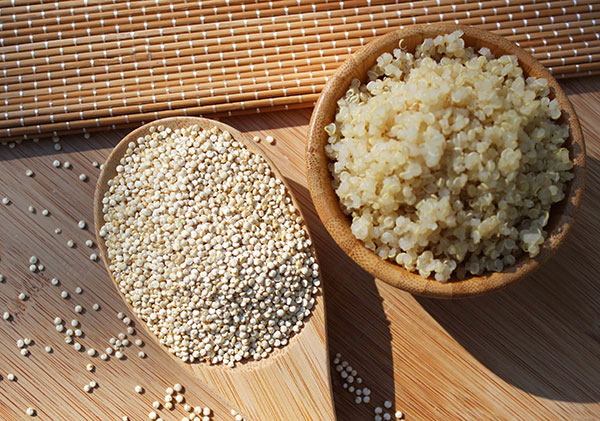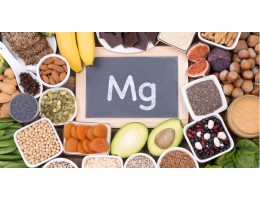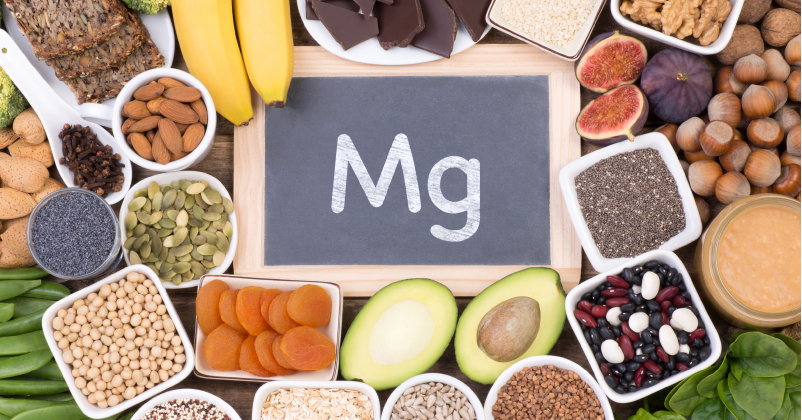Living with diabetes does not have to mean feeling deprived. People can learn to balance meals and make healthy food choices while still including the foods they enjoy. Both sugary and starchy carbohydrates can raise blood sugar levels, but people can choose to include these foods in the right portions as part of a balanced meal plan.
1. Green leafy vegetable
Green leafy vegetables are packed full of essential vitamins, minerals, and nutrients. They also have minimal impact on blood sugar levels. They are also low in digestible carbs, or carbs absorbed by the body, so they will not significantly affect blood sugar levels.
Leafy greens, including spinach and kale, are a key plant-based source of potassium, vitamin A, and calcium. They also provide protein and fiber.
Some researchers say that eating green leafy vegetables is helpful for people with diabetes due to their high antioxidant content and starch-digesting enzymes.
2. Whole Grains
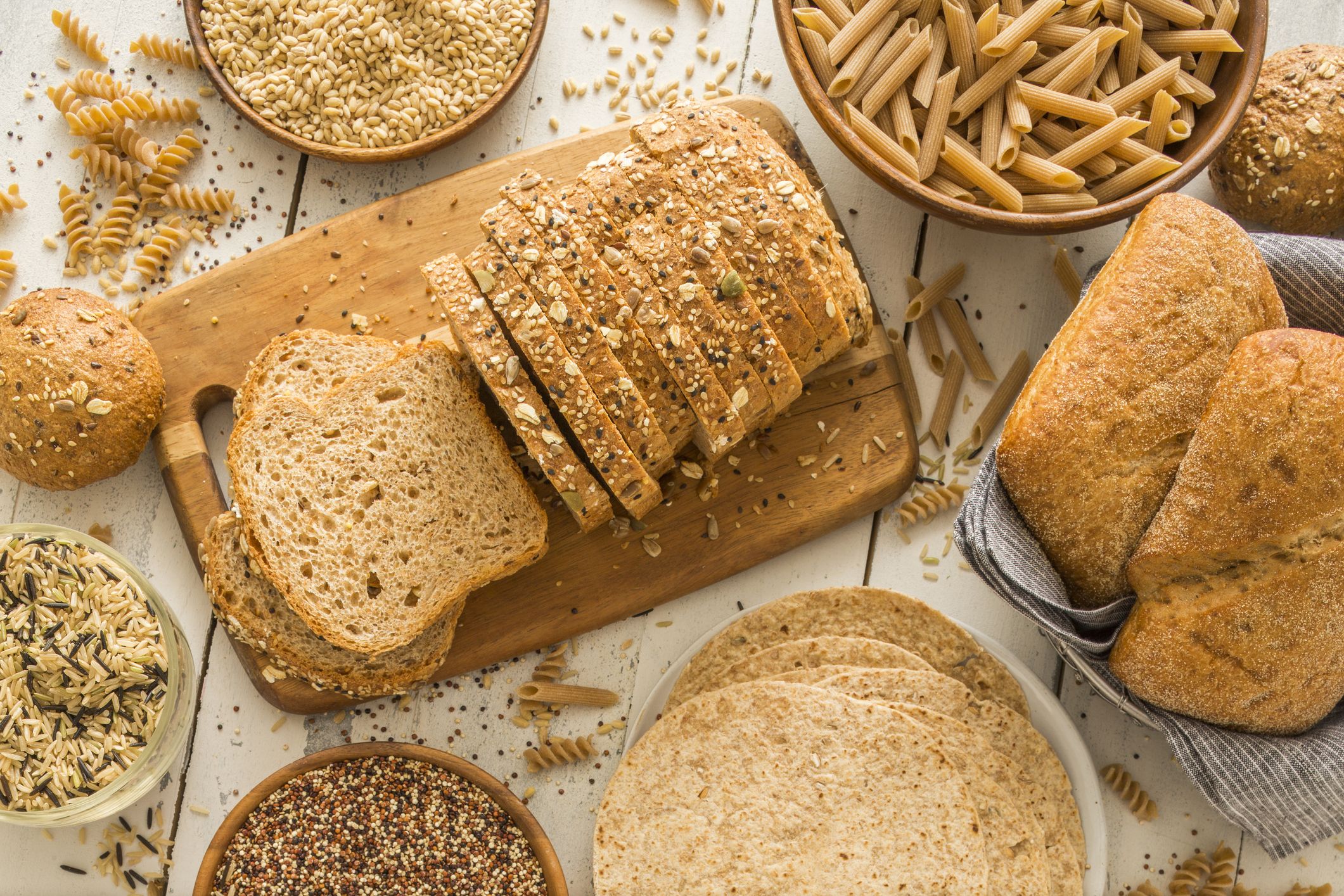
Whole grains contain high levels of fiber and more nutrients than refined white grains. Eating a diet high in fiber is important for people with diabetes because fiber slows down the digestion process. Slower absorption of nutrients helps keep blood sugar levels stable.
Whole wheat and whole grains are lower on the glycemic index (GI) scale than white bread and rice. This means that they have less of an impact on blood sugar.
Good examples of whole grains to include in the diet are:
- brown rice
- whole-grain bread
- whole-grain pasta
- buckwheat
- quinoa
People can swap white bread or white pasta for whole-grain options.
According to a recent study, it is shown that consuming 4 servings of whole grains per day can reduce the risk of developing pre-diabetes by up to 30%. Meanwhile, other research shows that if people consume whole grains daily, they also experience less inflammation, in return lowering the odds of developing insulin resistance, high blood pressure, and heart disease.
3. Fatty Fish

Some people consider fatty fish to be one of the healthiest foods on the planet.
Salmon, sardines, herring, anchovies, and mackerel are great sources of the omega-3 fatty acids DHA and EPA, which have major benefits for heart health.
Getting enough of these fats on a regular basis is especially important for people with diabetes, who have an increased risk for heart disease and stroke.
DHA and EPA protect the cells that line your blood vessels, reduce markers of inflammation, and may help improve the way your arteries function
Research indicates that people who eat fatty fish regularly have a lower risk for acute coronary syndromes, like heart attacks, and are less likely to die from heart disease
Studies show that eating fatty fish may also help regulate your blood sugar.
A study in 68 adults with overweight and obesity found that participants who consumed fatty fish had significant improvements in post-meal blood sugar levels, compared with participants who consumed lean fish.
Fish is also a great source of high-quality protein, which helps you feel full and helps stabilize blood sugar levels. For the vegetarian option, people can eat seaweed, such as kelp and spirulina, as plant-based alternative sources of these fatty acids.
4. Beans
Beans are cheap, nutritious, and super healthy.
Beans are a type of legume-rich in B vitamins, beneficial minerals (calcium, potassium, and magnesium), and fiber.
They also have a low glycemic index, which is important for managing diabetes.
Also, beans may help people manage their blood sugar levels. They are a complex carbohydrate, so the body digests them slower than it does other carbohydrates.
Eating beans can also help with weight loss and could help regulate a person’s blood pressure and cholesterol.
In a study involving more than 3,000 participants at high risk for cardiovascular disease, those who had a higher consumption of legumes had a 35 percent reduced chance of developing type 2 diabetes.
5. Nuts
Nuts are another excellent addition to the diet. Like fish, nuts contain healthy fatty acids that help keep the heart-healthy.
Walnuts are especially high in omega-3 fatty acids called alpha-lipoic acid (ALA). Like other omega-3s, ALA is important for good heart health.
Walnuts also provide key nutrients, such as protein, vitamin B-6, magnesium, and iron.
People with diabetes may have a higher risk of heart disease or stroke, so it is important to get these fatty acids through the diet.
A 2019 study involving over 16,000 participants with type 2 diabetes found that eating tree nuts — such as walnuts, almonds, hazelnuts, and pistachios — lowered their risk of heart disease and death.
Research also indicates that nuts can improve blood glucose levels.
A study in subjects with type 2 diabetes found that consumption of walnut oil daily improved blood glucose levels.
This finding is important because people with type 2 diabetes often have elevated levels of insulin, which are linked to obesity.


